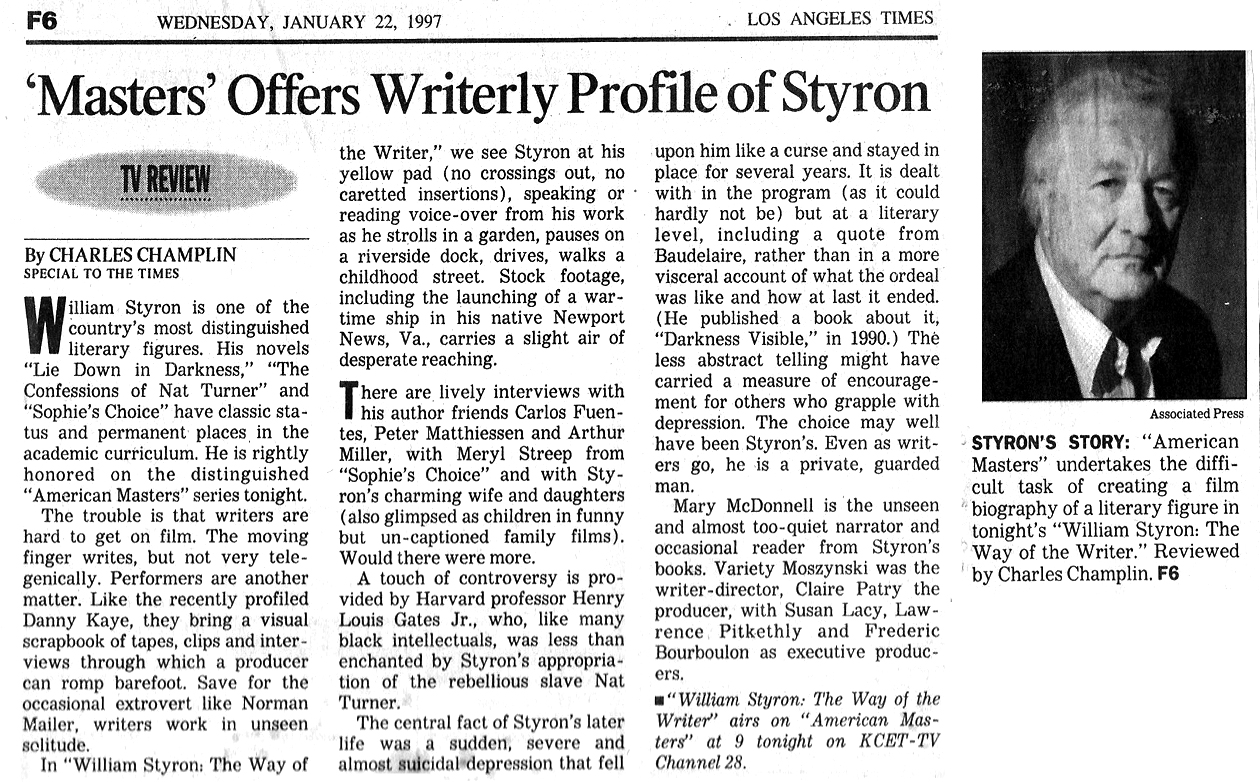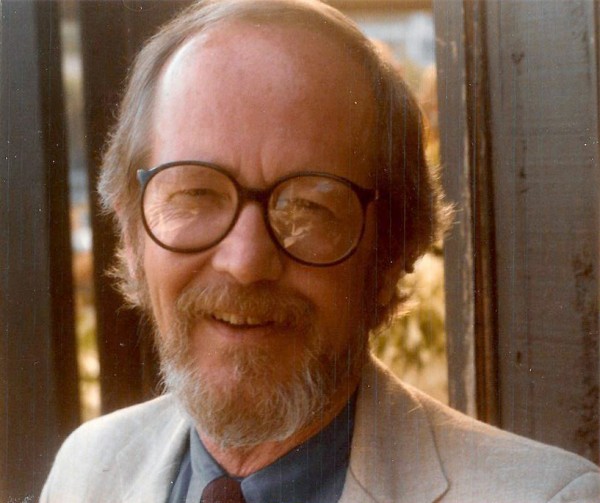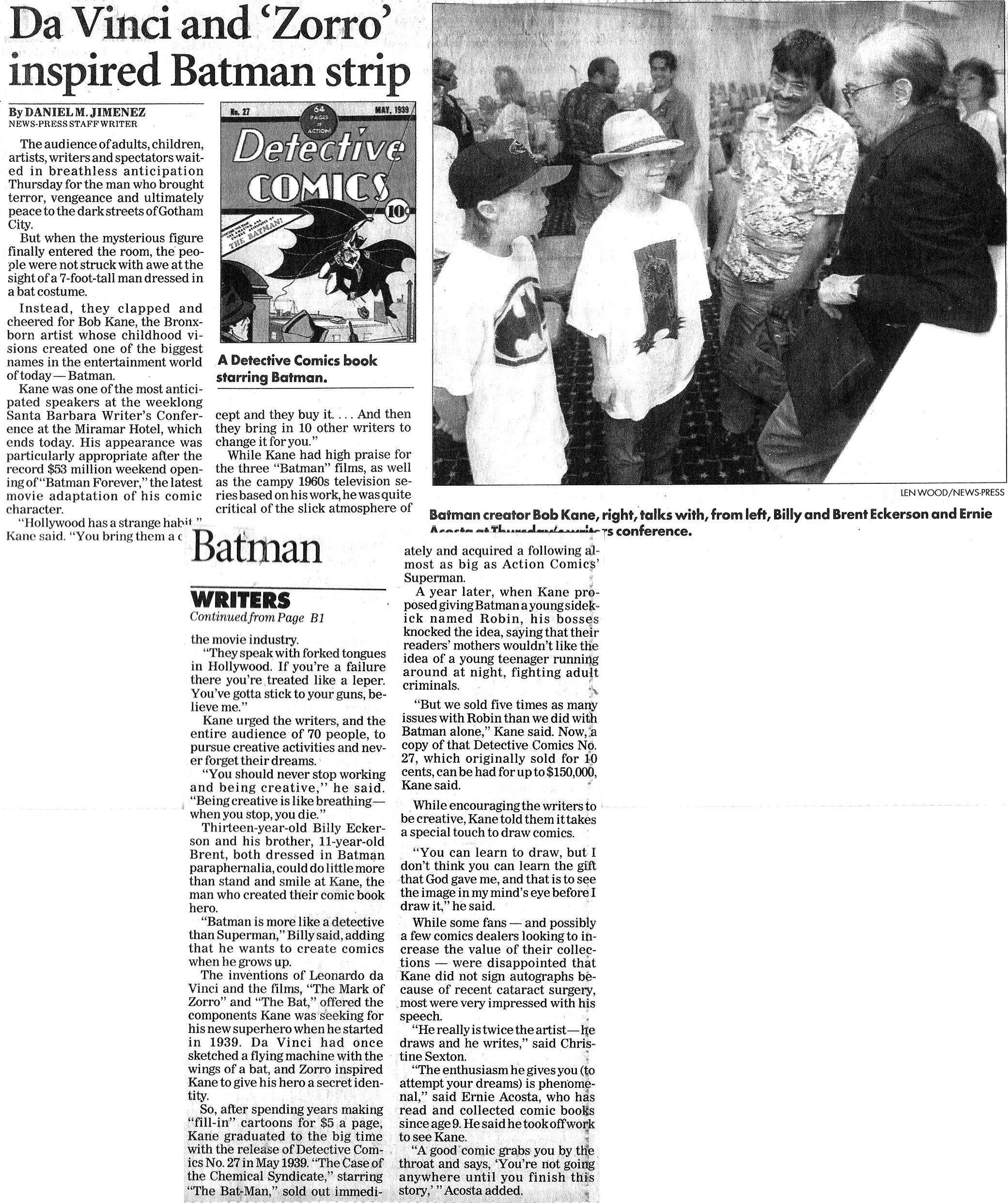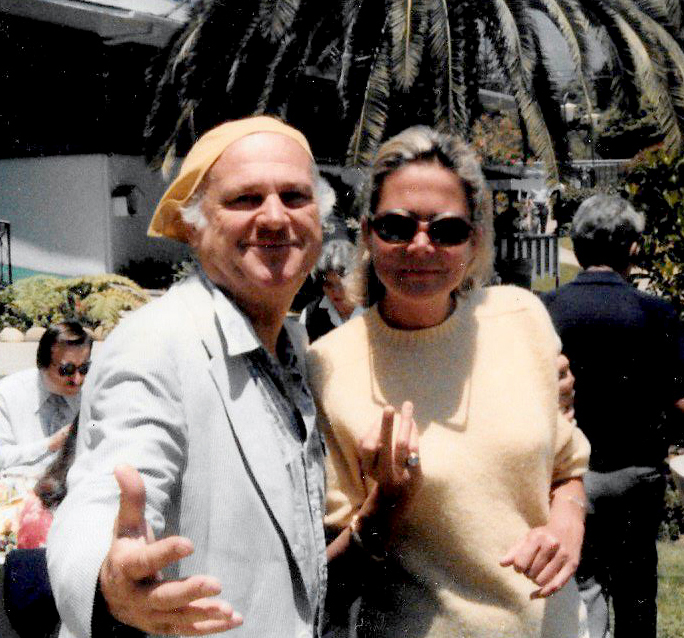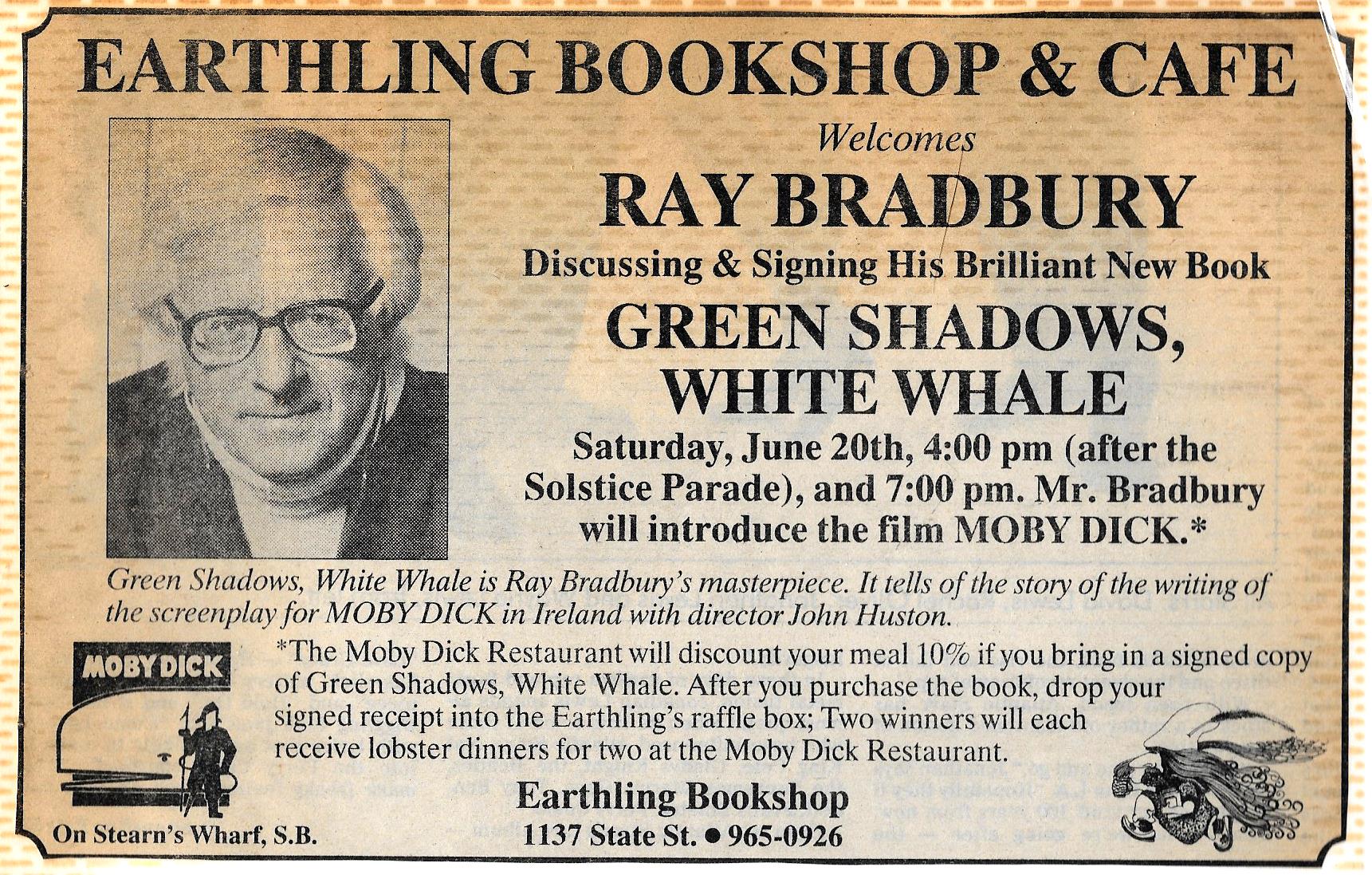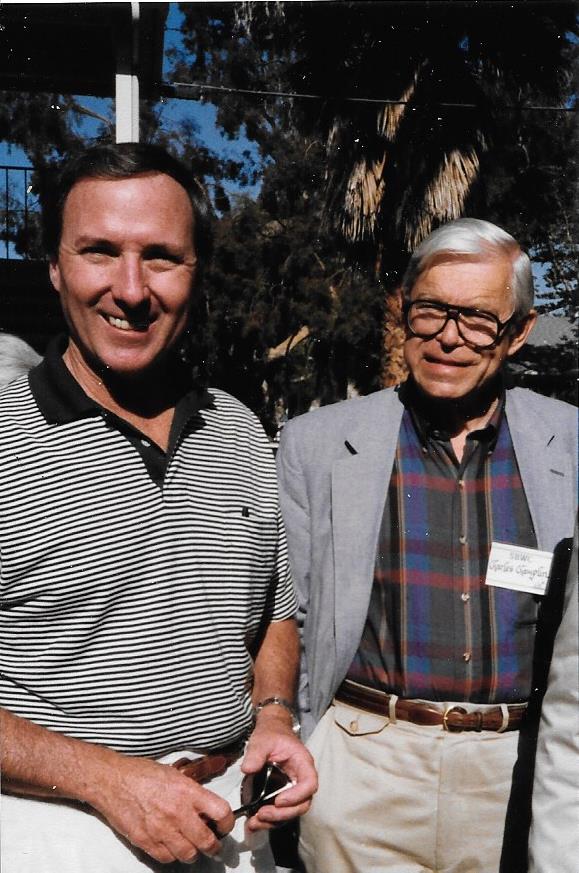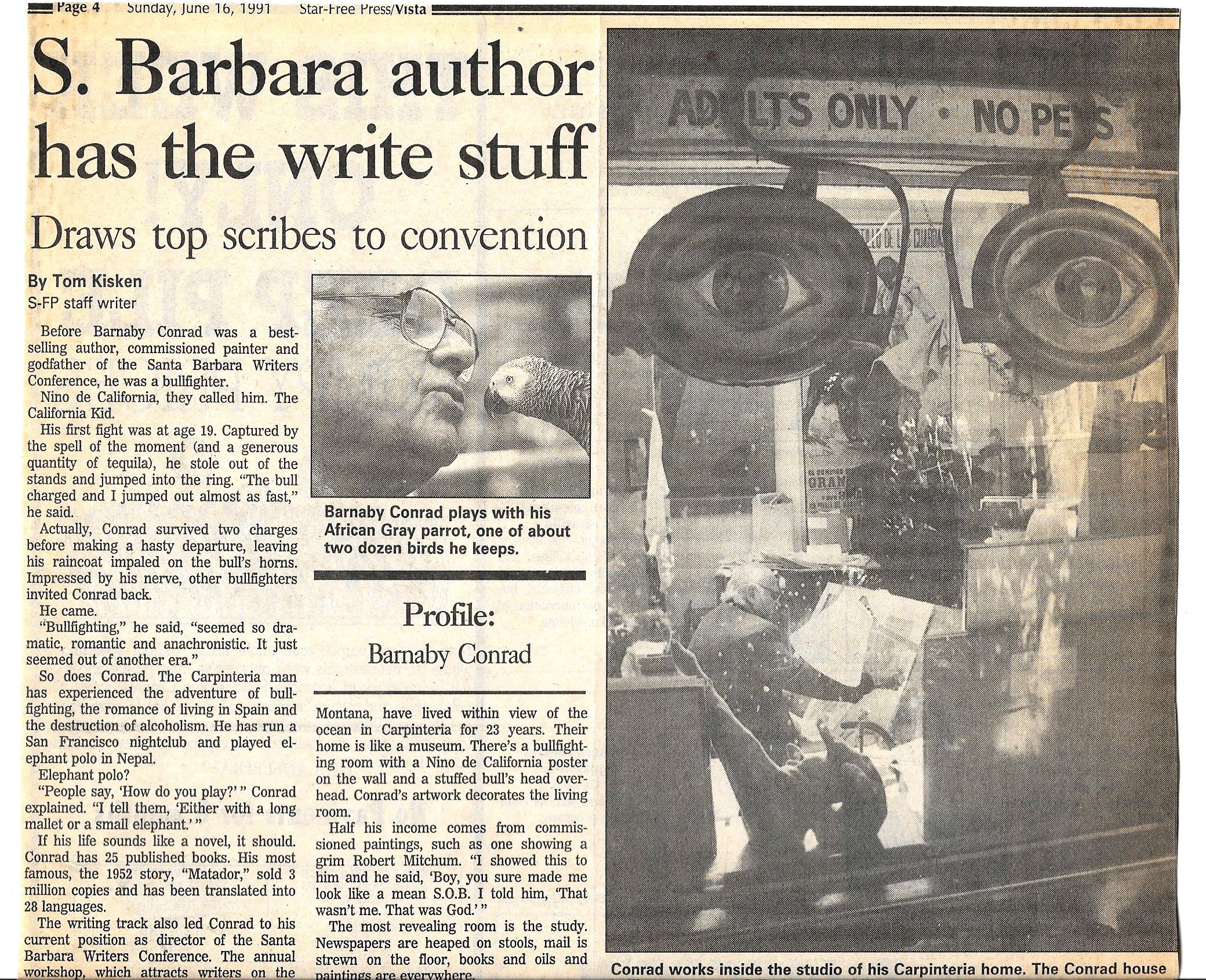An excerpt from the upcoming book by Armando Nieto, Mary Conrad, and Matt Pallamary:
In the June 17, 1994 welcoming Friday issue of Write Right ON! Jan Curran quoted Ray Bradbury:
“If you want to write, if you want to create, you must be the most sublime fool that God ever turned out and sent rambling. You must write every single day of your life.
“I wish craziness and foolishness and madness upon you. May you live with hysteria, and out of it make fine stories. May you be in love for the next 20,000 days, and out of that love, remake a world.”
Ray opened the 22nd SBWC, as he had for the previous 21 years, and waxed eloquent on the subject of “Why Aren’t You Home Writing?”
By 1994 the SBWC was a well-established, premiere event for west coast literati, across the country and in other parts of the world. Australia was always well represented as well as England and the far east, but if you were to ask any of the participants, students, staff, or featured speaker you would get a variety of explanations for success.
In a Santa Barbara Independent article on June 16, 1994, Bill Greenwald wrote, “There’s something about the Santa Barbara Writer’s Conference — a feeling, an ambiance you can’t describe. It’s a sense of being right there in the middle of the literary swirl.” Greenwald continued, “It’s not intended for dilettantes who want to impress themselves by going to a writer’s convention, but the 22 year-old Santa Barbara institution is so multifaceted that even they will get something they didn’t expect.”
Barnaby Conrad, SBWC director and cofounder said, “We try to make it so no one who can write gets away unnoticed. Most beginners feel they have no chance to meet other writers. Here they have a chance to rub shoulders with famous writers and get professional advice.”
Columnist and former Los Angeles Times arts editor Charles Champlin said, “First, it gives you a chance to think about what you do and why you do it. It renews you. Writing is a lonely business. It [the SBWC] engenders a family feeling. There’s a terrific spirit throughout the conference.”

Chuck Champlin - Veteran SBWC Workshop Leader
Ray Bradbury had this to say: “I think what makes the Santa Barbara Writer’s Conference different is that it’s more relaxed than others, not as pompous and self-conscious.” When asked how he prepared for each of his 22 appearances as opening speaker he said, “I just get up there and explode and have a lot of fun."
Ray was quoted as saying, “Last year I told you to stop watching the local news,” gesticulating with a finger the size of bratwurst. “Today I tell you to fire the people standing in the way of your writing!”
Sparky Schulz, returned from a one-year hiatus to follow Ray on Sunday afternoon, speaking on the topic “Snoopy, Charlie Brown, and Me.” It was a homecoming for frequent SBWC attendees.
Sparky was always asked where he got ideas for Snoopy and Charlie Brown. “An idea comes from your whole life. You don’t just create characters out of nothing and force ideas out of them. It has to come from your own life.”
He told the audience about a memory of reading that crunching wintergreen flavored Lifesavers candy would produce sparks. He said it followed that if one chewed them in the dark, the sparks would be visible.
“This is where cartoon ideas come from,” said the Peanuts creator, because although he was unsuccessful in making sparks, he still used the idea in a strip with Snoopy and Charlie Brown. “It takes maturity. You have to live. You have to suffer before you can cartoon these things.”
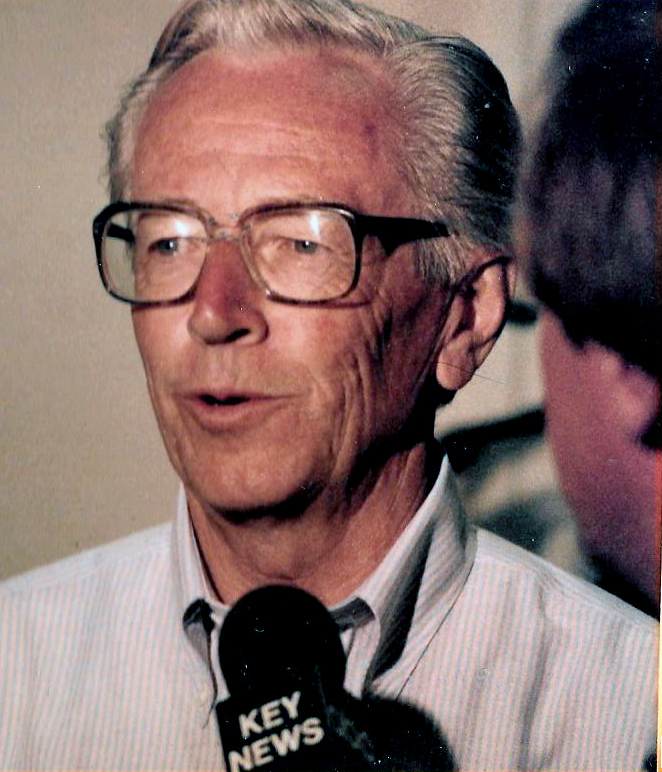
Sparky
1994 was the year that Bob Kane, creator of Batman, became a friend of the SBWC. He passed through workshops, parties and SBWC events always accompanied by a bevy of devotees and a stunning companion who turned out to be Elizabeth, his wife. Although not scheduled as a speaker it was obvious that he loved being part of the maelstrom of creativity at the Miramar, and would be wooed to return to tell the Batman story at a future conference.
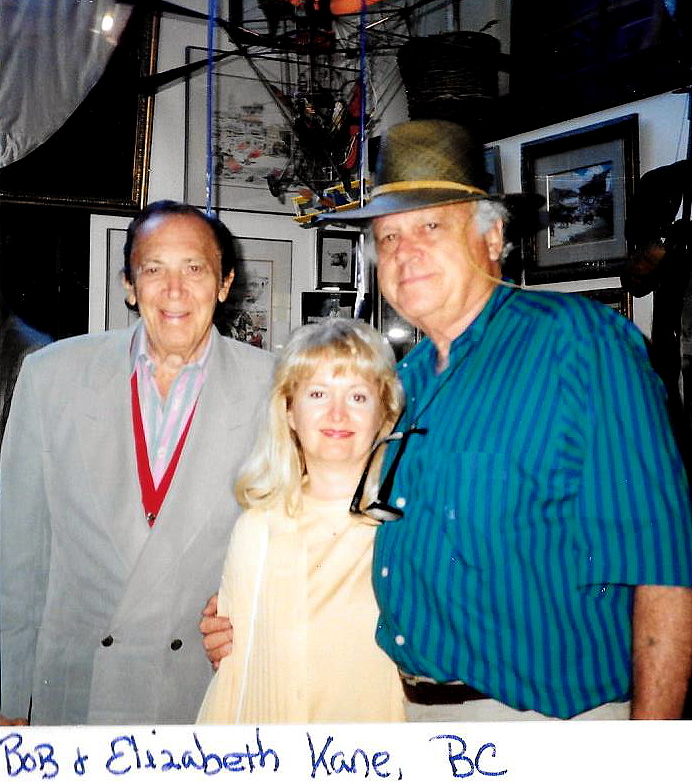



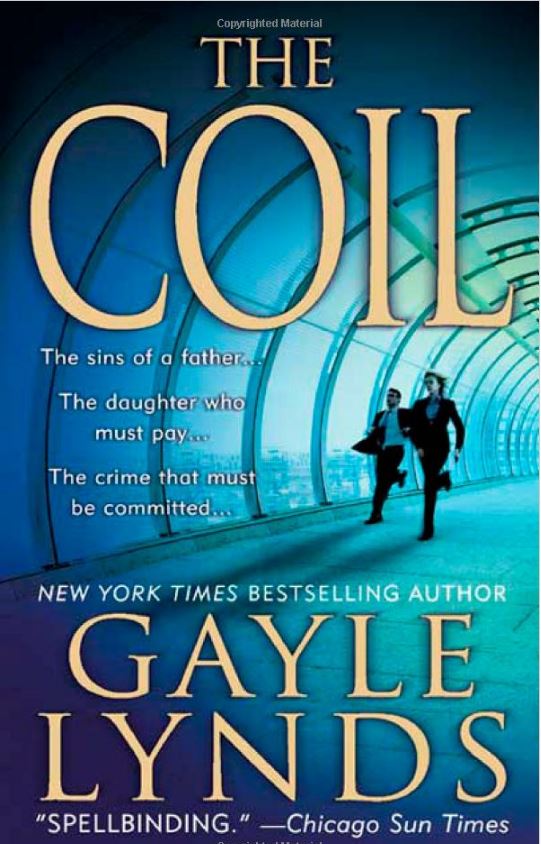
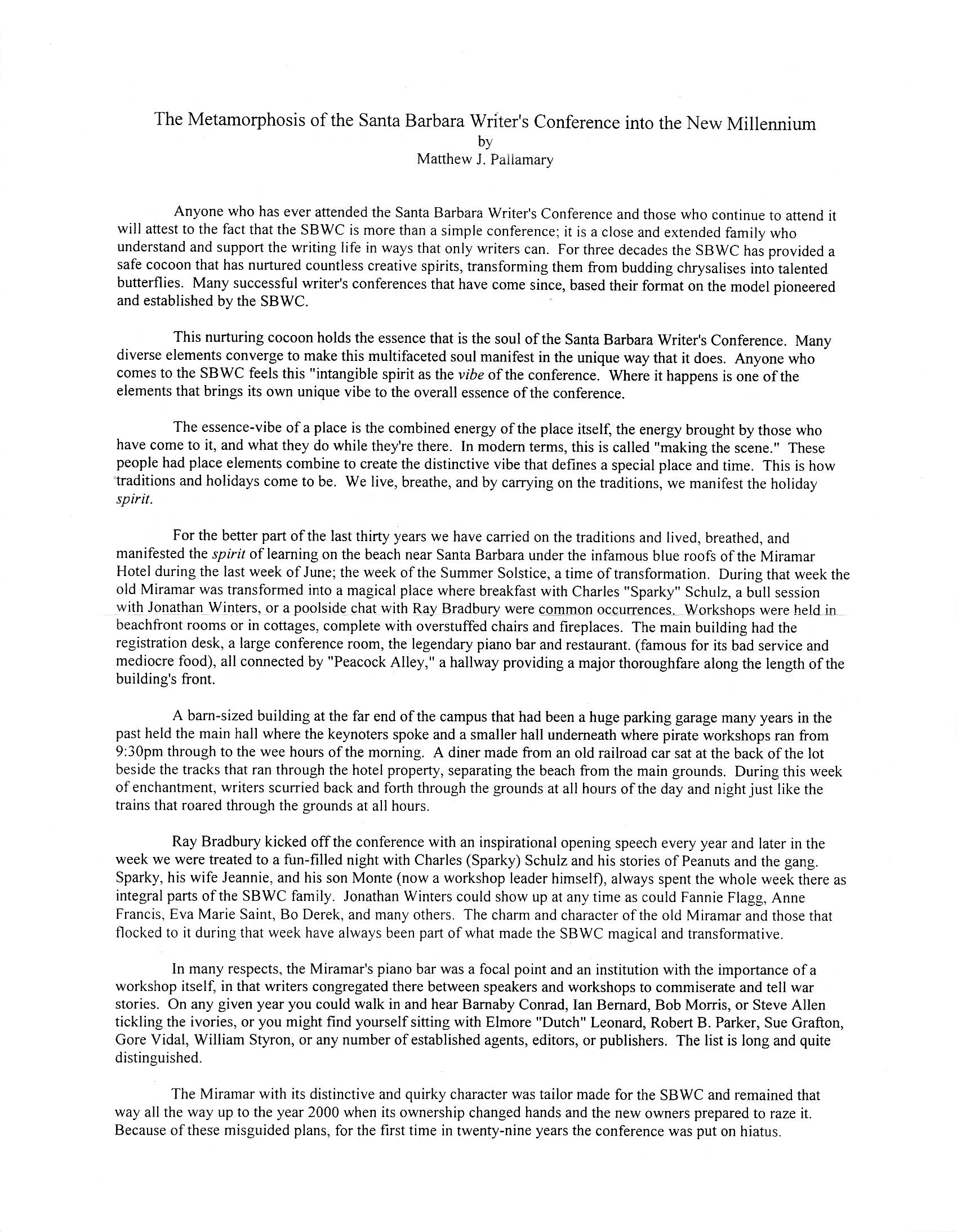

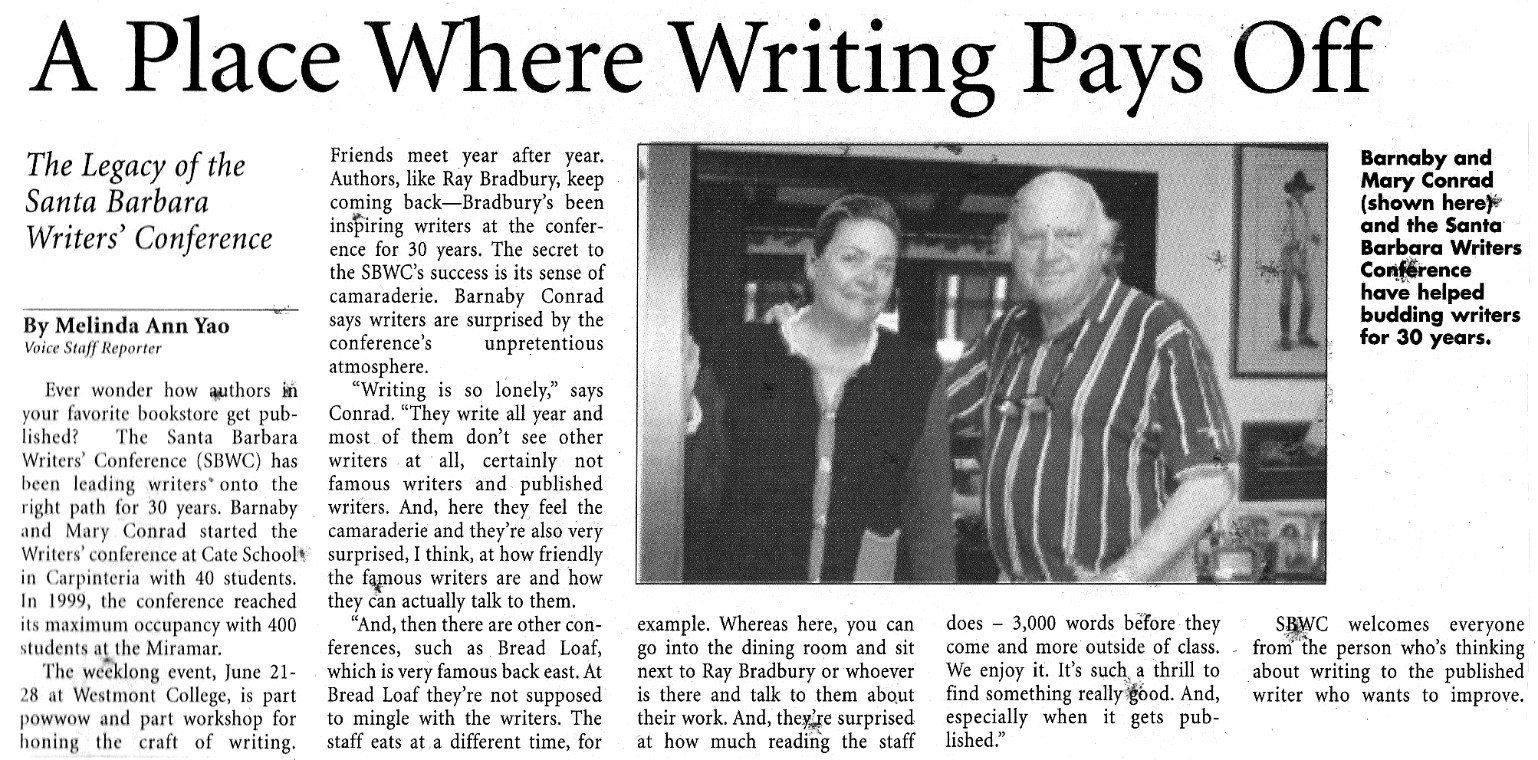

 Early Bird Registration
Early Bird Registration 

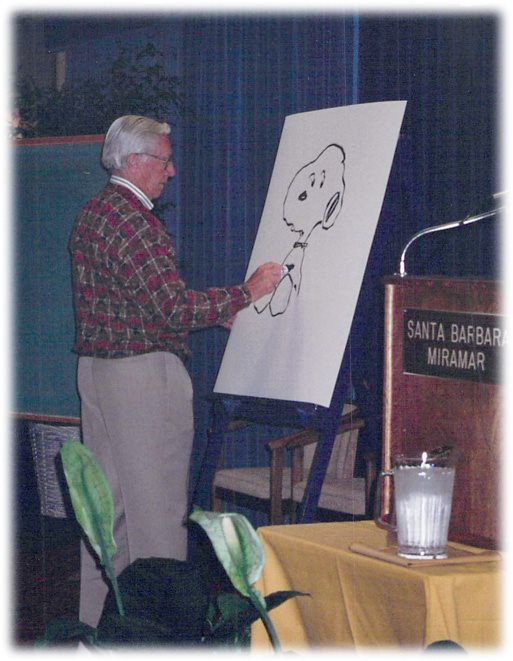



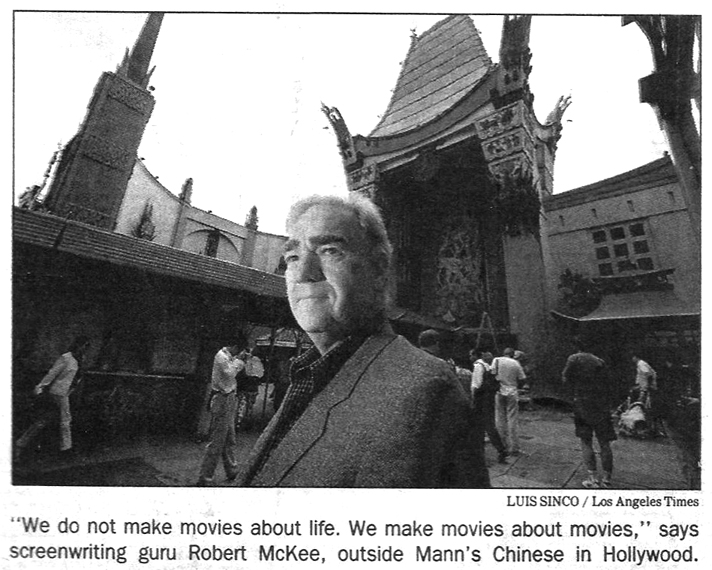


 Early Bird Registration
$575--full conference!
Through
Early Bird Registration
$575--full conference!
Through 